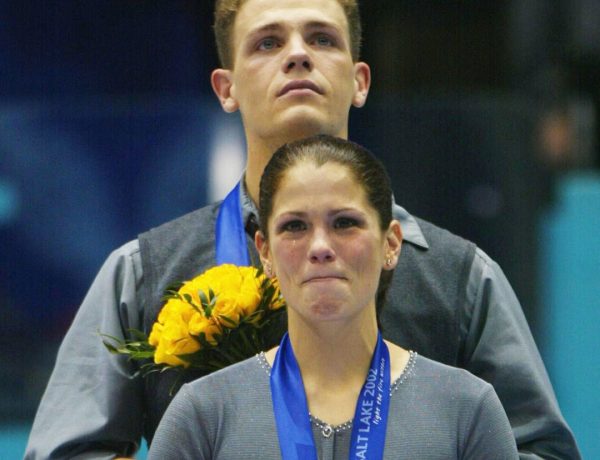Night Shyamalan’s new film Glass is not a typical superhero film and it isn’t for good reason. If you watch the film with a preconceived notion that you will see individuals who flock the pages of beloved comic books, you are incorrect. But ultimately, that’s the point.
Glass is the third installment of M. Night’s previous films Unbreakable and Split. What is so refreshing about his film is that it goes against the common assumption of mainstream hero’s. We have David Dunn (Bruce Willis), Mr. Glass (Samuel L. Jackson) and The Beast (James McAvoy) all acting out the key players of the hero and villain.
But, what is so enticing about the storyline is that it tries to rationale their supposed superhuman abilities with psychology. It creates an interesting juxtaposition within the film and its characters.
What makes this your uncommon superhero plotline is the fact that M. Night has made these characters realistic. These aren’t individuals who can not be hurt or individuals who have weaknesses like Kryptonite. Mr. Glass suffers from brittle bone disease, Dunn cannot survive in water, due to childhood trauma, and The Beast is perceptible to a certain female. They are based in a humanistic reality of what a modern superhuman would be. Their powers are based upon medical and psychological diagnosis, but yet have you questioning if maybe they have become something more than just you and me.
Night has created a film that takes aspects of comic books and twists them around. We have the two villains, the hero, the escape, the reveal of the masterplan, the fight scene, the cliche wanting to destroy the big shiny new building in the city, and the emotional individuals who speak reason to the characters. Let’s not forget the skeptical psychologist Dr. Ellie Staple who you will find annoying, but she serves a grander purpose at the end.
Although, I will admit that the film started to drag on 2/3rds of the way through. You might think that M. Night could have ended the film at certain points and that scenes were just placed together. Near the end the film it felt like there couldn’t be more, but there was. The film did a lot of explaining. Was it necessary? Maybe maybe not.
If we were to speak about the films technicalities the overall camera angles and scene shots were incredible. You are taken through multiple viewpoints as if you were looking through someone’s eyes and following the movement. Small things like watching the scene through a car mirror or flipping the scene upside down in relation to movement added visual appeal.
The color palette for the film was also something to note. M. Night for multiple scenes stuck to a specific color pallete that enhanced the vibrancy of the scene. My favorite would be the complete pastel pink psych room.
Rating: 8/10
Read more Entertainment news at Clichemag.com
‘Glass’ Movie Review: Feature Image Credit: Universal




